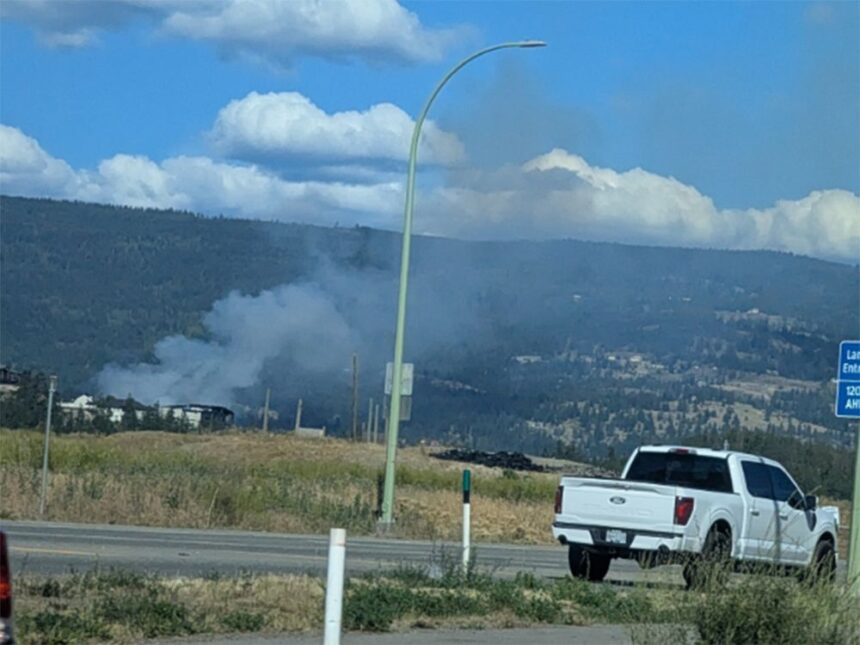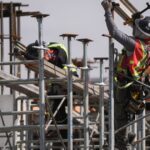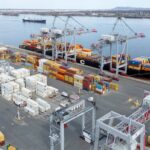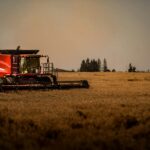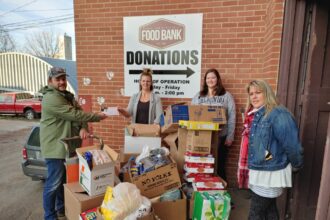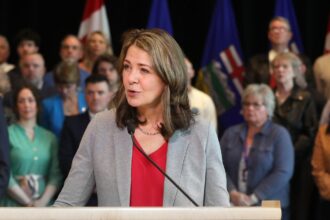Flames tore through the parched hillsides surrounding Kelowna overnight, forcing thousands of residents to flee their homes as what began as a controllable forest fire rapidly transformed into a threatening inferno. Local officials issued evacuation orders for multiple neighborhoods Thursday evening as shifting winds pushed the blaze dangerously close to residential areas in British Columbia’s popular Okanagan Valley.
“We’re dealing with exceptionally dry conditions and unpredictable wind patterns that have created a perfect storm for fire behavior,” said Fire Chief Jason Carlton during an emergency press briefing. “The safety of our residents remains our absolute priority, which is why we’ve made the difficult decision to implement these evacuation orders.”
The wildfire, which began approximately 15 kilometers west of downtown Kelowna, has grown to an estimated 1,800 hectares according to the BC Wildfire Service. Over 250 firefighters are currently battling the blaze, supported by 15 helicopters and six water bombers, with additional resources being mobilized from neighboring provinces.
Evacuation orders now affect approximately 4,500 residents across the western edges of the city, with an additional 7,000 homes placed under evacuation alert. The Central Okanagan Emergency Operations Centre has established temporary shelters at three local community centers, though officials report many evacuees are staying with family members or in hotels.
Premier David Eby visited the emergency command center early this morning, pledging provincial support and resources. “We’ve seen the devastating impact of wildfires across British Columbia in recent years, and we’re committed to providing everything needed to protect Kelowna’s residents and infrastructure,” Eby stated during his visit.
Climate scientists point to this event as yet another example of Canada’s increasing vulnerability to extreme weather events. Dr. Sarah Reynolds, climatologist at the University of British Columbia, notes that “the combination of record-breaking spring temperatures and below-average precipitation has created tinderbox conditions throughout the Okanagan Valley.”
The economic impact could be substantial for Kelowna, a city heavily reliant on summer tourism. Local business owners are already reporting cancellations for the upcoming weekend, which typically marks the beginning of the region’s peak tourist season.
“We were fully booked for the next three weeks,” said Marina Kolesnikova, owner of a local bed and breakfast now under evacuation order. “This couldn’t have come at a worse time for small businesses like mine that depend on summer revenue.”
Emergency officials emphasize that residents under evacuation order should leave immediately, taking essential items, medications, and important documents. Those under evacuation alert should be prepared to leave on short notice. Current evacuation information is being updated regularly on the Regional District of Central Okanagan website.
The Kelowna wildfire is one of 137 active wildfires currently burning across British Columbia, highlighting what forestry experts predict could be one of the most severe fire seasons in recent history. The province has already recorded a 35% increase in wildfire activity compared to the same period last year.
As our climate continues to warm and weather patterns become increasingly unpredictable, will communities like Kelowna need to fundamentally rethink their approach to wildfire preparedness and response in this new era of climate uncertainty?

